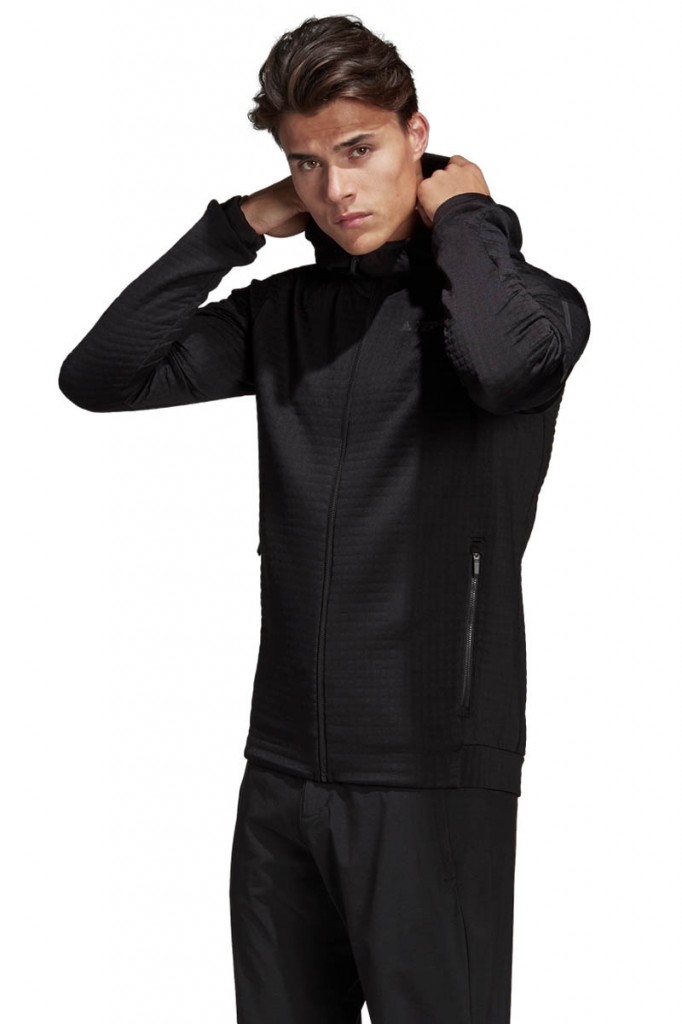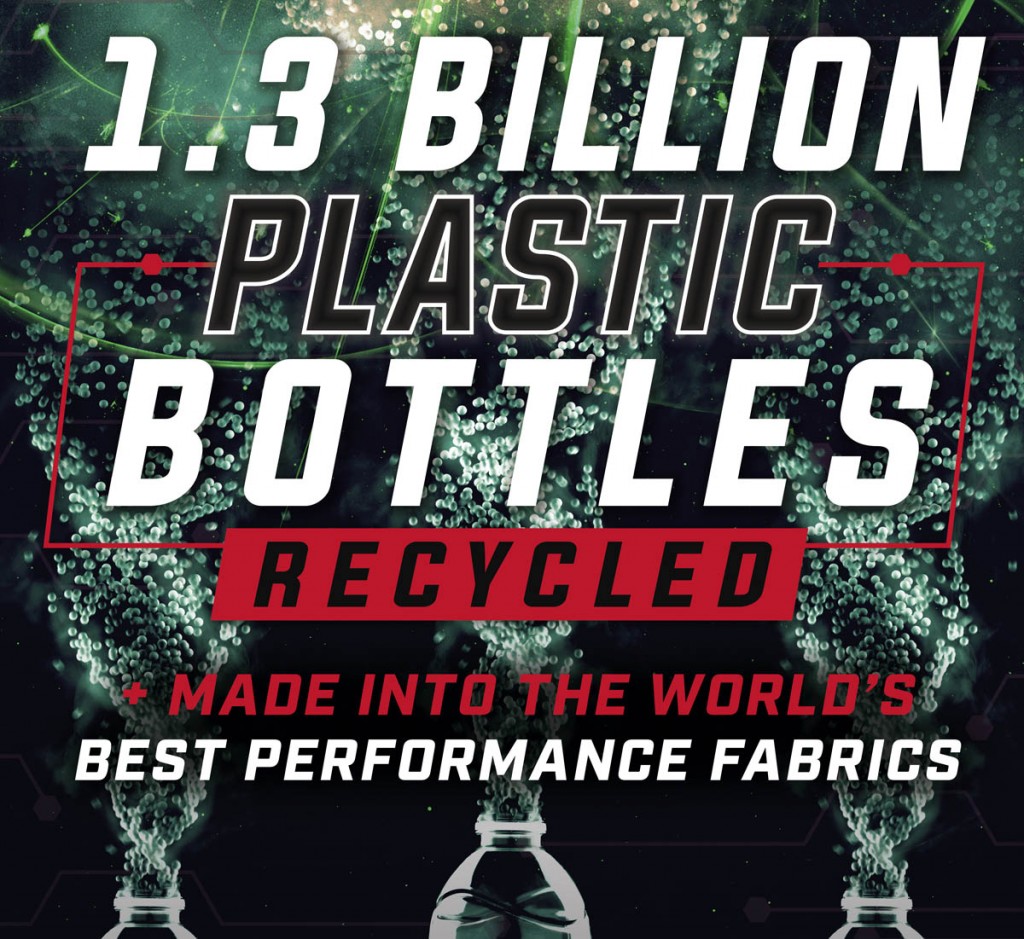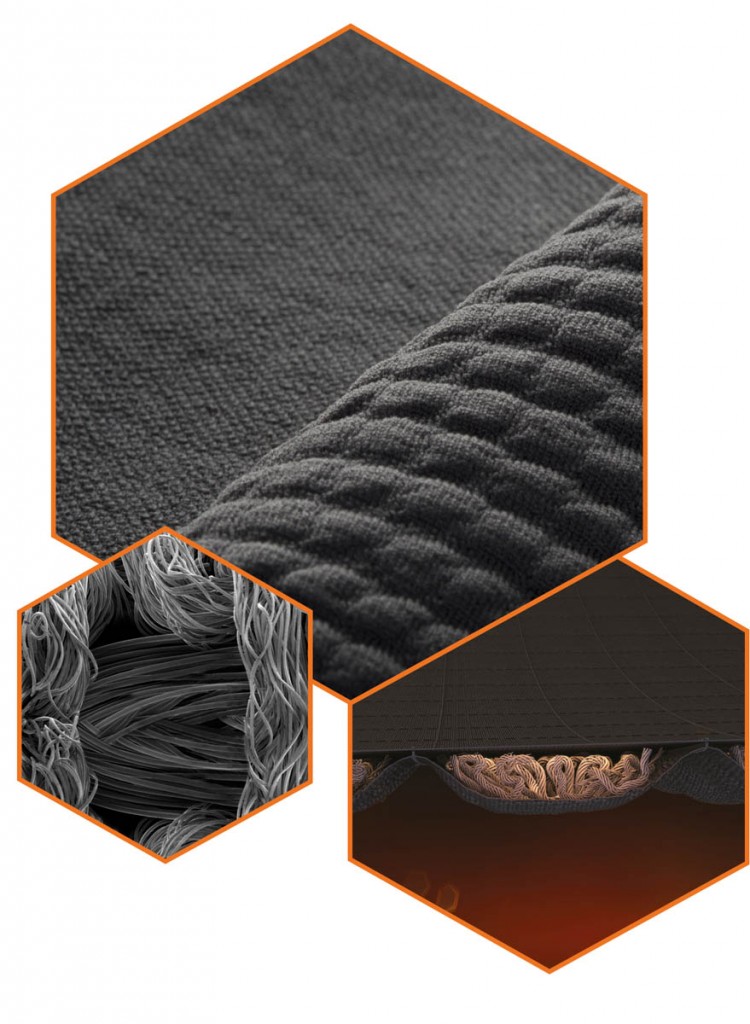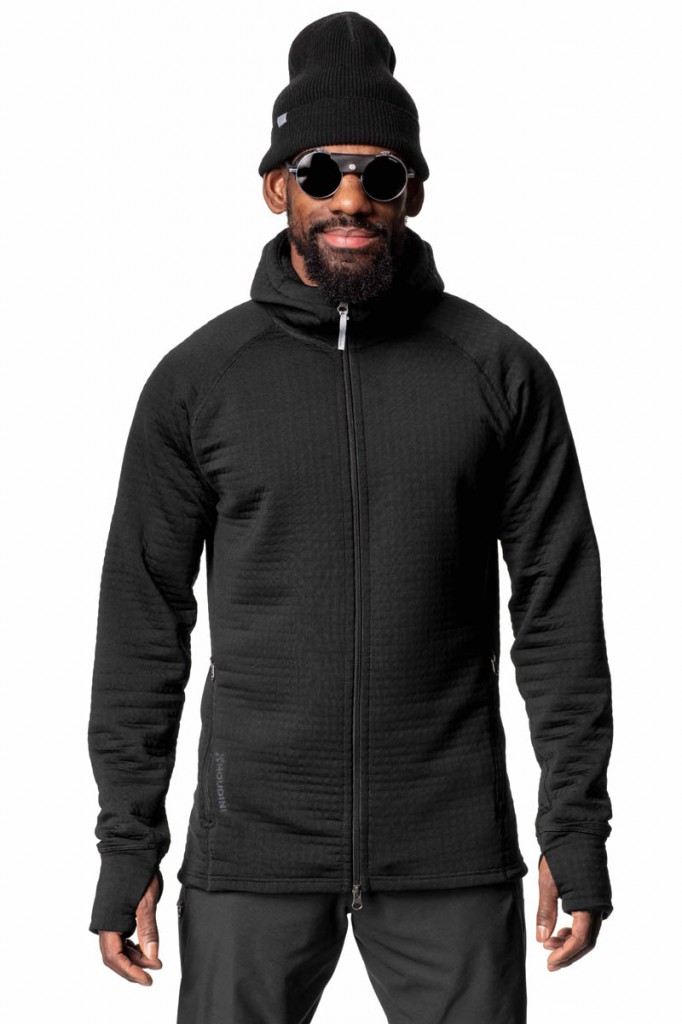Plastic is, quite rightly, hitting our news headlines on a daily basis. Fizzy drinks bottles, cotton buds, drinking straws, and plastic bags have all become poster boys for a united campaign to ditch single use plastic. A campaign that intensified with Blue Planet’s reveal of shocking images of marine life with stomachs full of plastic. But there’s another plastic menace threatening our wildlife and it’s one we can barely see.
Did you know, most of you reading this article will be wearing plastic? Polyester, nylon, acrylic, polyamide – they’re all plastics. According to Friends of the Earth, most new fabrics are made of plastic; up to 64 per cent of them. And every time we wash these materials they shed millions of plastic microfibres. In fact, FoE says that one washing load of clothes could be shedding up to 17 million tiny plastic fibres.
Sponsored feature
Plastic microfibres are defined as being less than ten micrometres – typically thinner than human hair; one-fifth thinner in fact. Most washing machines don’t have the capacity to trap these tiny fibres, and neither do sewage plants. So where do they end up? They’re swept through our sewers and into our rivers and oceans.
And once they reach the ocean, they’re of course accidentally ingested by sea creatures, like plankton, causing harm as they travel up the food chain and eventually land on our dinner table as fish and chips. Which means – yep you got it – we could be eating the plastic shred from our very own fleeces.
Fleeces can be a big problem when it comes to microplastic shedding. It’s why premium fabric manufacturer, Polartec, has been working on its finishing processes for a number of years to produce fleece fabrics that shed fewer microfibres than any other fleeces currently on the market. The brand has gone one step further, however, and has recently launched Power Air. The first ever fabric technology designed to reduce fibre shedding through a clever construction technique modelled on bubble wrap.
Polartec achieved this advancement by encapsulating lofted fibres within a multilayer continuous yarn construction, producing a fabric that sheds up to five times less than other premium fleece fabrics.
Insulation that effectively regulates core body temperature has traditionally been achieved via lofted or high-pile knit structures that hold warm air. Although Polartec is a leader in making resilient materials, it has recognised that any exposed fibre is susceptible to shedding as a function of normal wear. The Polartec Power Air construction process mitigates this by encasing the insulating lofted fibres within the knitting process.
“By using the efficiency of encapsulated air to shelter lofted fibres, Polartec Power Air will drastically improve how fabrics perform over their lifetime with respect to versatility, comfort, and sustainability,” says Gary Smith, Polartec CEO. “We’re only beginning to realise the potential for this new type of fabric construction.”
Well known sports brand Adidas were one of the first retailers to take up Polartec Power Air. This year, they released the Adidas Terrex Polartec Power Air Fleece Jacket. A warm stylish mid-layer with high collar and soft wrist cuffs and the addition of a visored hood. They were followed soon by Houdini Sportswear who launched the Power Air Houdi. Similar in sleek style and slim fit with a two-way zipper and hidden draw chord.
“Houdini shares our commitment to taking meaningful actions that improve the sustainability of our products, supply chain and business practices,” said Smith post-launch. “As a completely new way of making fabric, Polartec Power Air has the potential to be our most significant development since pioneering the process to knit fabrics made of post-consumer plastic bottles.”
Houdini Design Director Jesper Danielsson added: “As we joined forces with Polartec to innovate the next generation insulation fabrics our intention was clear – to take on the issue of microfibres while simultaneously elevating performance. The launch of Power Air is a true milestone. After intense ideation, R&D and field testing we can finally present the end-result – a next generation stretch insulation garment with superior layering comfort featuring an air-trapping fabric strictly made out of continuous filament fibres.”
Houdini has been working on limiting fibre release since 2013 when their first filament fibre garment was launched. With the Power Air Houdi, CEO Eva Karlsson points to the synergy between performance and responsibility: “When I first wore the Power Air Houdi, my initial reaction was how good it felt against the skin. Then when we started to get all the wear tests back, the feedback was very similar – Polartec had managed to create a quality so technical, it would have been a game changer even based on performance alone. Now we once again prove that sustainability and performance can, and should, go hand-in-hand.”
Power Air quickly became an award-winning fabric. Recognised by the World Textile Information Network when it won its first accolade, then the Future Textile Award, for Best Innovation: Sustainable Textiles. And more recently receiving both the 2019 Editor’s Choice Award from Backpacker and an Eco Sport Award from France.
Aside from choosing your fabrics carefully when purchasing new clothes there are other practices you can quickly incorporate into your day to day life to try and reduce shredding from clothes.
You can help the situation by washing at 30 degrees and filling your washing machine. A less aggressive wash where clothes don’t rub together as much is less likely to result in fibres shredding. You can also place your washing into a special bag like a Guppy Friend Washing Bag which can trap and collect microfibres which have been shred. You can then dispose of these more responsibly in the bin. And avoid the tumble dryer – instead air dry clothes where possible.
Guppy Friend works with Stop! Micro Waste – a non-profit initiative dedicated to raising awareness about the microplastic problem. Their website reveals that a city the size of Berlin releases a wash-related volume of microfibres equivalent to approximately 500,000 plastic bags every single day. And that microplastic particles are found in more than 1,200 wildlife species. Scary statistics.




charles ross
04 June 2019Bob
Out of the 7 different types of plastics only 1 - PVC - is properly dangerous. What the plastic micro-filaments do is have something that the dodgy chemicals in the sea can stick & thus enter our food chain. Be aware that Type 1 cellulosic fibers have being found in deep sea Mediterranean indicating that products like cotton are NOT biodegrading within 10 years & as that fibre is weaker than polyester (similar garments from the different materials will see the PET version she'd 8 x less) - is that a bigger threat? Plus growing cotton involves large amounts of pesticides & herbicides - two of the top 5 dangerous chemicals in the sea...
Mark
08 June 2019Wool is one answer. It's a wonder product. When treated with UV light it can made very water repellent. Foe decades I've always knitted my own Icelandic jumpers for walking in. Light, sustainable, they shed dirt and they don't smell!